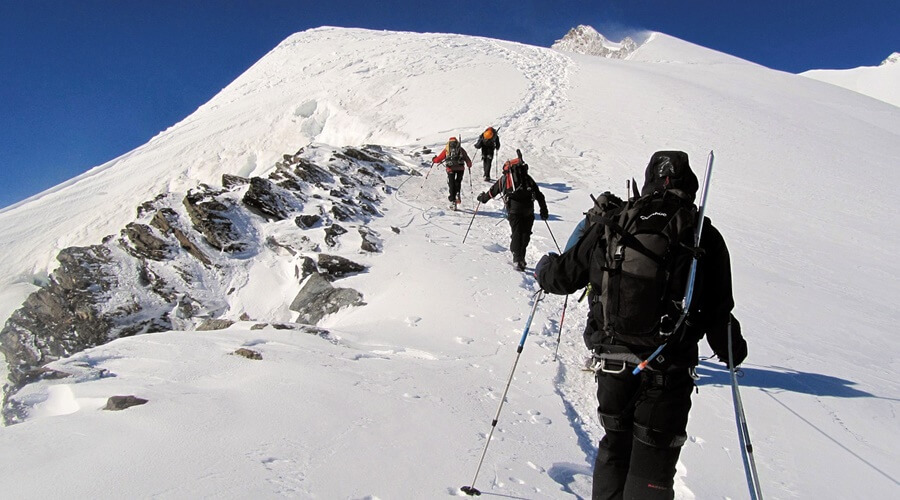Climbing Gear
Summit Pack (25 – 30 Liter) available for rent
Your summit pack is the backpack you will climb with on summit day. It should be large enough to hold your extra layers and gear as well as water and food. You will also find this useful on your acclimatization hikes. Certain models can work nicely as carry-on luggage.
Buying Tips:
- Ice axe attachment points make for easy stowing of your ice axe or trekking poles when not in use
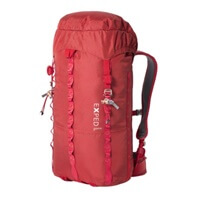
Head Lamp available for rent
Your head lamp is a critical piece of equipment that will light your path on your pre-dawn ascent of Mount Elbrus. You will also find it useful in finding your way to the privy at high camp.
Buying Tips:
- We recommend investing in a model from a reputable brand such as Petzl, Black Diamond or Princeton-Tec. Cheaper models often struggle emit enough light and break easily. Bring extra batteries – usually AAA
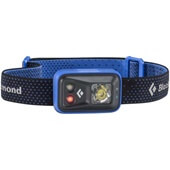
Climbing Harness available for rent
You will wear your climbing harness for the length of the summit day. We recommend a streamlined mountaineering harness over a bulkier rock-climbing harness though the latter will work. Harnesses must be UIAA certified.
Buying Tips:
- Remember when purchasing your harness that you will be wearing multiple warm layers underneath it. Look for harnesses that are adjustable and fit you with room to spare. Consider going up a size if you are on the edge
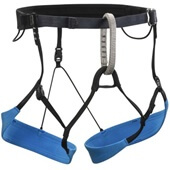
120 cm Nylon Slings available for rent
Quantity: 2
Nylon slings are used to make two personal anchors or “leashes” that you will use along with carabiners to attach to fixed ropes that protect the final pitches of the climb to the summit. Slings must be UIAA certified.
Buying Tips:
- In general we recommend using nylon runners when using slings as “leashes” as they absorb shock better than their sister material Dyneema
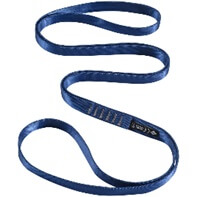
Locking Carabiners available for rent
Quantity: 3
Carabiners must be locking and UIAA certified.
Buying Tips:
- Larger “pear shape” carabiners are easier to manipulate with gloves on than smaller “D-shaped” carabiners
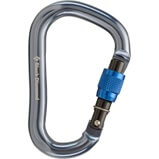
Ice Axe available for rent
The ice axe is the classic tool of the mountaineer! It’s hard not to feel like a boss while holding one. Many brands make great ice axes. Just make sure yours fits you well.
Buying Tips:
- Pay attention to weight. Often the higher end axes represent weight savings. A lighter axe can feel nice as you approach the summit
- Conventional climbing wisdom says you should size your ice axe so that the spike at the bottom just reaches your heel when you hold it your hand while standing with your arms at your side in a relaxed position.

Crampons available for rent
Crampons give you the traction you need to ascend the icy slopes of Mount Elbrus. These are some of the most important pieces of gear you will use.
Buying Tips:
- There are 3 different types of crampon attachment systems. It is important to pay attention to what kind your crampons have as not all crampons work with all boots! The safest bet are the kind pictured here called “strap” or “universal” crampons. These crampons will work with any mountaineering boot.

Double Wall Mountaineering Boots available for rent
Your mountaineering boots are what you will wear on summit day and on your higher altitude acclimatization hikes. They are special boot with extra insulation and a rigid sole that provides a solid platform for your crampon. Full double wall mountaineering boots are required for early season climbs while some single boots are adequate mid to late season.
Buying Tips:
- Unless you are sure that you will be pursuing future mountaineering objectives and have used mountaineering boots before we highly recommend you rent boots. They are expensive and not useful outside of mountaineering
- If you do decide to buy boots it is worth taking the time to go to a knowledgeable outfitter to try different models on and have them help you properly fit the boot.
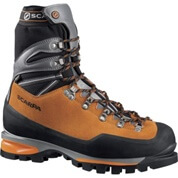
Trekking Poles available for rent
Trekking poles aid you as you ascend the lower slopes of the mountain. They are useful in conserving energy and aiding in stabilization.
Buying Tips:
- If you are going to bring your own trekking poles a collapsible model is much easier to travel with than some rigid models.
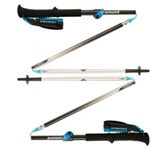
Sleeping Bag – 0 Degree available for rent
You will need a sleeping bag for the nights you spend at basecamp. We recommend a warmth rating of 0 degrees as the basecamp huts can be chilly in the evenings.
Buying Tips:
- Sleeping bags tend to be bulky and will take up a lot of space in your luggage. If you do choose to bring your own down bags tend to pack down smaller than synthetic bags. You may want to consider this option.
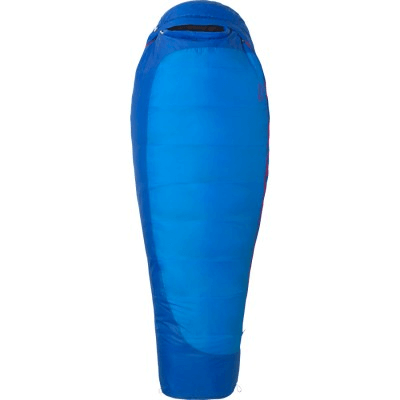
Reusable Water Bottle available for rent
Filtered water will be provided for your expedition but you will need transfer it into your own bottle.
Buying Tips:
- Insulated models are not a bad idea for keeping your water from freezing if you keep your bottle on the outside of your pack
- “camel-back” hydration systems are not suggested as the hose tends to ice up in the cold of the upper mountain.
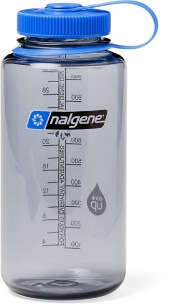
Upper Body
Hard-shell Jacket (Gore-Tex or equivalent) available for rent
Hard shell jackets provide protection from wind and water but usually lack any insulation of their own. They are a little beefier than your normal rain jacket and more durable.
Buying Tips:
- This jacket is worn over multiple layers. Size large enough to wear a fleece and a mid-weight puffy jacket underneath.
- There are a number of other waterproof/ breathable jackets out there using other materials besides Gore-Tex (NeoShell by Polartec, H2No by Patagonia, and DryVent by North Face are alternatives) See a great article about jacket material here.
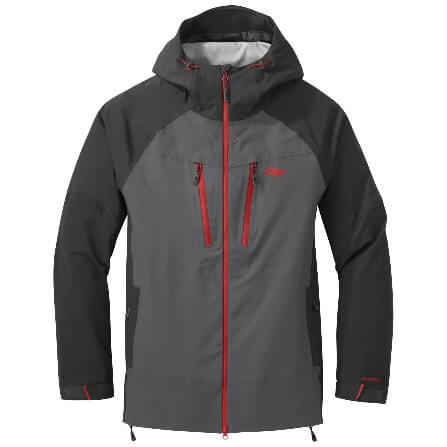
Expedition/Belay Parka – Heavyweight Puffy available for rent
This is a heavyweight insulated “puffy” jacket that is to be worn as your outermost layer in very cold conditions. It also makes a great “mobile sleeping bag” around basecamp. Can be down or synthetic.
Buying Tips:
- Size it big. It goes on top of everything. You are supposed to look like a marshmallow.
- If buying down pay attention to loft and fill weight. A jacket with 500 fill power and 10 oz. of down will be warmer than a 800 fill power jacket with 5 oz. of down. For a deep dive into down jacket tech click here.
- For more suggestions on choosing an insulated jacket click here.
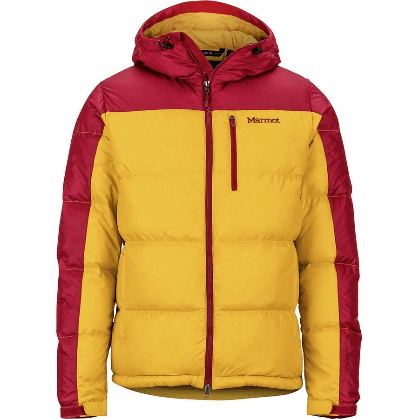
Insulated Jacket – Light to Midweight Puffy
This is a lighter weight puffy jacket to be worn as a mid-layer. Can be down or synthetic.
Buying Tips:
- Hooded varieties are nice on the mountain but if you want your jacket to do double duty in the urban environment many models come hoodless.
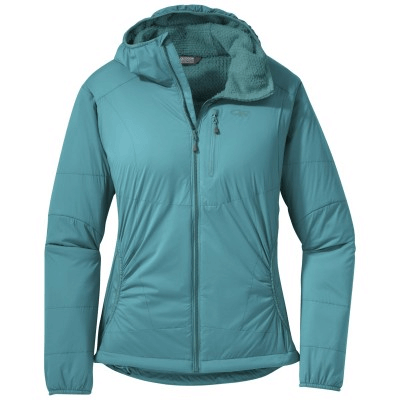
Fleece Hoodie/ Pullover
This jacket is to be worn as a mid-layer. Athletic fit is recommended. Cannot be cotton!
Buying Tips:
- Size it athletically trim. Should be form fitting but not too tight to restrict movement.

Base Layer
A long or short sleeve t-shirt to be worn as a base layer. Cannot be cotton. Should be some type of wicking or dry weave material.
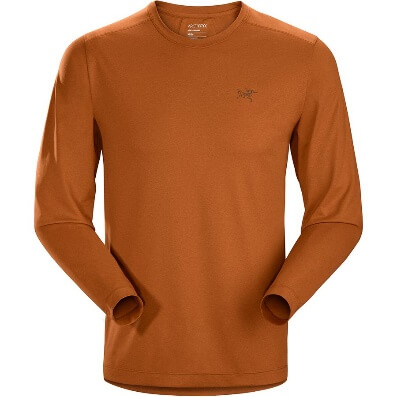
T-Shirts
T-shirts for your acclimatization hikes. We recommend they not be cotton.

Lower Body
Synthetic hiking pants
These are pants to wear while traveling and on your acclimatization hikes. We recommend pants over shorts as the summer weather in the mountains can still be cool and rainy. It is also respectful of the local culture around Elbrus to keep legs fully covered.

Insulated pants (fleece/puffy)
These are to wear on summit day and while relaxing a base camp. They are basically just fleece sweatpants. Once again, no cotton!

Hard-shell/snow pants (Gore-tex or equivalent) available for rent
This is your outer-layer on summit day. They are your lower body equivalent to your hardshell jacket – a waterproof and wind resistant outer layer that will keep you warm and dry. They are thicker than rain pants and more durable. crampons.
Buying Tips:
- Many hardshell pants will be marketed as ski or snowboard pants though climbers tend to size them for a trim fit in order to keep excess material from being caught on crampons

Synthetic Underwear
Vibrant colors and patterns recommended. Because, why not? Must be non-cotton.
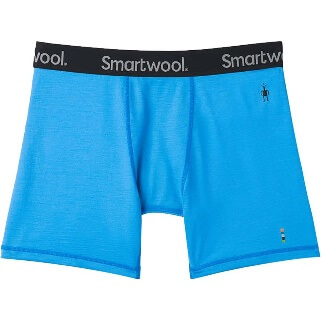
Thermal long-underwear
Your lower base layer when climbing. Synthetic and wool blends work best.
Must not be cotton.

Hands and Feet
Expedition weight socks
A thick wool or synthetic mid-calf sock to wear on summit day. The sock should come higher than your mountaineering boot cuff to protect your shin from chaffing. We recommend one thicker sock for summit day versus layering socks as we find it to be warmer and reduce chaffing and hot spots. Must not be cotton.

Hiking Socks
Socks for the rest of your trip. We always recommend non-cotton.

Hiking boots/shoes
A pair of comfortable hiking boots or shoes for acclimatization hikes and travel days. Good tread is highly recommended. Waterproofing is a plus.

Gaiters available for rent
You will wear these over your pants and boots on summit day. They are useful in ensuring your feet and ankles remain dry and warm though perhaps their most valuable function is protecting your expensive hard-shell pants from accidental crampon strikes.

Heavyweight gloves
Heavy waterproof and insulated gloves for climbing. These are the same kind of gloves you would want on a cold day of skiing. You will use these on the upper reaches of the mountains.
Buying Tips:
- If you get especially cold hands there are a few models of glove out there that contain a small battery powered heating element. These can be a game changer with chronically cold extremities.

Light/midweight gloves
Light gloves to be worn on acclimatization hikes and on your descent on summit day. Gloves should be worn at all time while climbing so these should be light enough to keep your hands from getting too hot in warm afternoon temperatures.
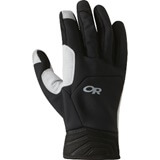
Expedition weight mittens available for rent
Heavy duty mittens to be worn in the pre-dawn hours of summit day and on the summit or in the event of storms. They should be roomy and very warm.
Buying Tips:
- If you get especially cold hands there are a few models of glove out there that contain a small battery powered heating element. These can be a game changer with chronically cold extremities
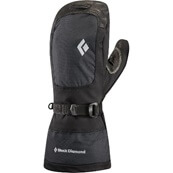
Head ware
Buff/Balaclava
This is to keep your face warm and protected from the wind and from UV light rebounding off the snow.
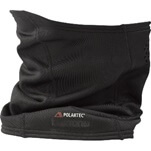
Beanie
Keeps your head warm. Non-Cotton.
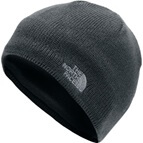
Sunglasses available for rent
When the sun is shining on the glacier it is incredibly bright. Glasses should wrap around the sides of your head to block reflected light. UV blocking required. Polarized recommended.

Ski Goggles available for rent
Warmer than sunglasses in stormy weather and low temperatures and less likely to fog and ice up. UV blocking required. Polarized recommended.
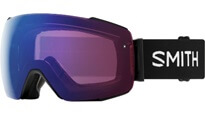
Please contact us if you have any additional questions about the gear required to climb Mount Elbrus. We would love to answer your questions

